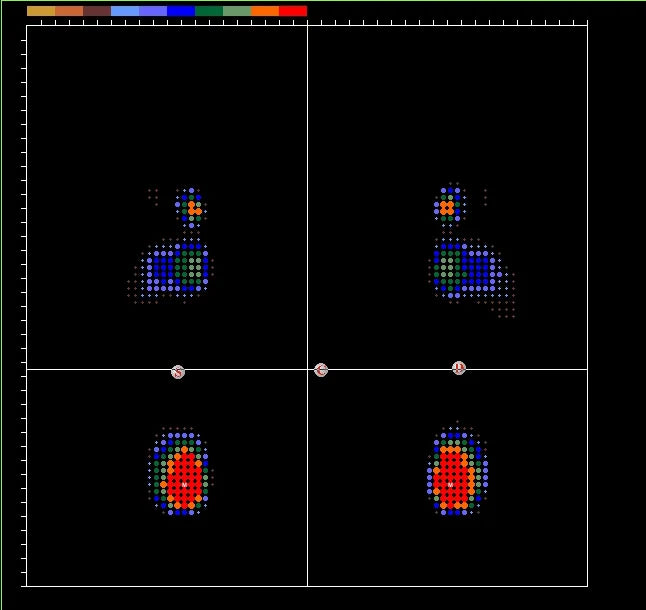
BIO POSTURAL ANALYSIS
Posturology is the science that studies, based on the most modern acquisitions of neurophysiology, man's balance and the strategies he uses to maintain it in all circumstances.
Posture means the position in space assumed by the various parts of the body automatically and unconsciously.
Posture regulation is important for maintaining balance: a state in which all the forces acting on the body are balanced thanks to variations in muscle tone.
These variations cause the man to constantly oscillate around the axis of the ankles but it is however necessary that these oscillations are kept within a certain range of values so that they can be defined as physiological.
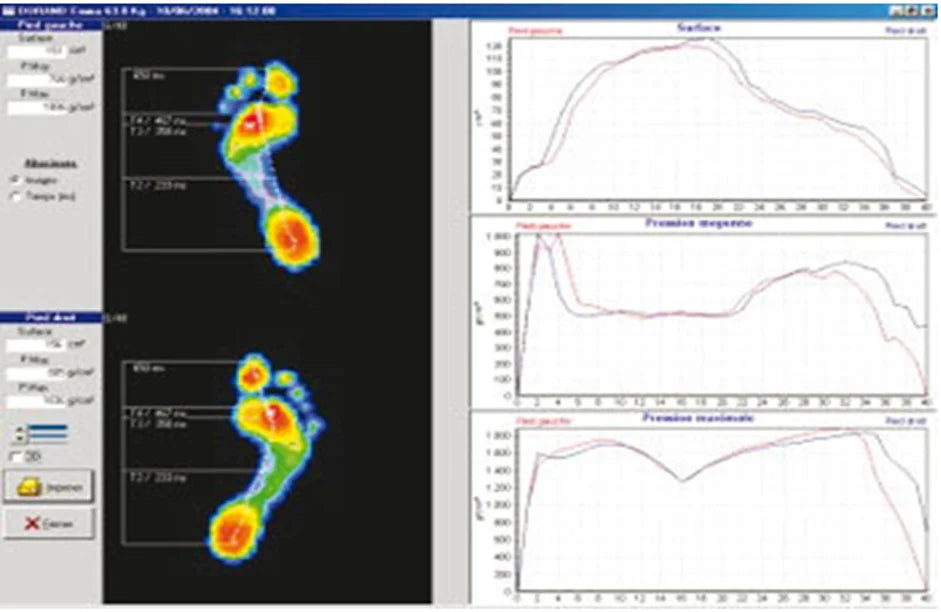
We normally think of balance and posture as unconnected elements. In particular, the disorders of the former mostly refer to labyrinthine pathologies and therefore of ENT expertise, while the disorders of the latter affect the musculoskeletal system and are therefore of orthopedic interest. However, this is only a trivialization which today is considered inadequate and insufficient for the resolution of clinical problems. In fact, it can be defined as posture - the set of mutual relationships of the various body segments in space - and balance - the maintenance of posture as a relationship between the body and the surrounding environment.
The afferents that can influence the body in space are different: the position of the head, the more or less correct functioning of the temporomandibular joint (TMJ), swallowing, the correct functioning of the oculo-motor muscles, the various joints , muscle tone, vestibular system, breech support, etc.
The human body uses sensory control systems which, by constantly interacting with the Central Nervous System (CNS), aim to maintain postural balance and all this outside of consciousness.
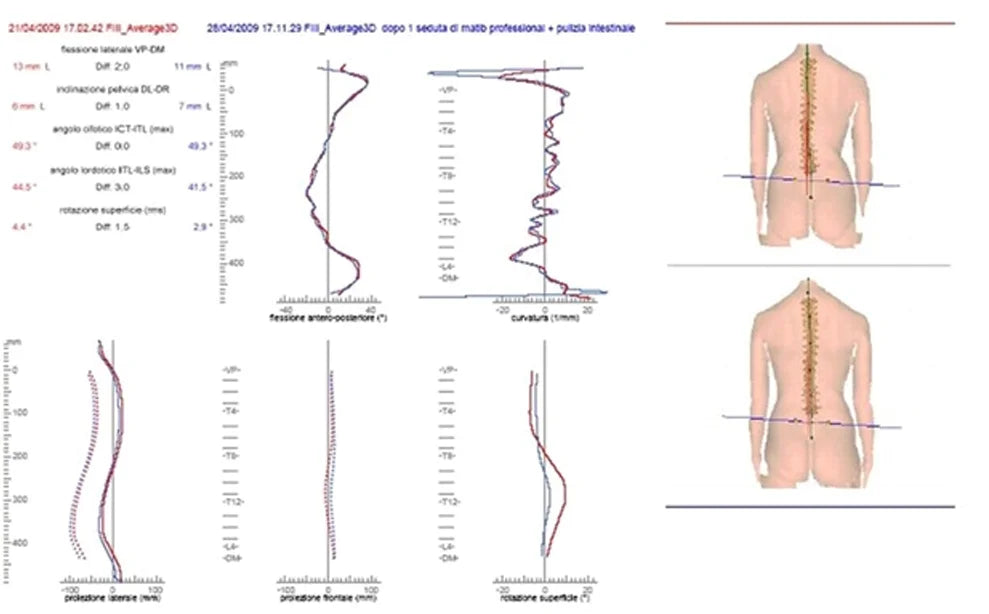
DIGITALIZED COLUMN ANALYSIS (SPINOMETRY)
For the purposes of a correct postural evaluation we make use of sophisticated computerized clinical equipment which allows us to acquire a precise analysis of the spinal column and any pelvic imbalances (rotations, twists, tilts). Furthermore, we can objectively measure the variations in balance through the use of sophisticated digitalized stabilometry.
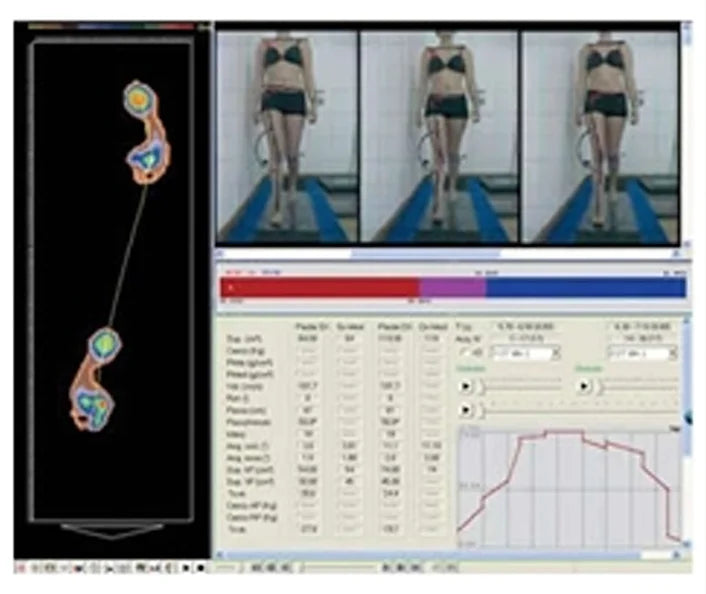
DIGITALIZED STABILOMETRY
The latter allows us to evaluate postural changes both with eyes open and with eyes closed and to consider possible occlusal, oculomotor and breech interference on balance.
In recent years, in fact, the relationship between the stomatognathic system and postural regulation has assumed growing importance in odontostomatognathic problems.
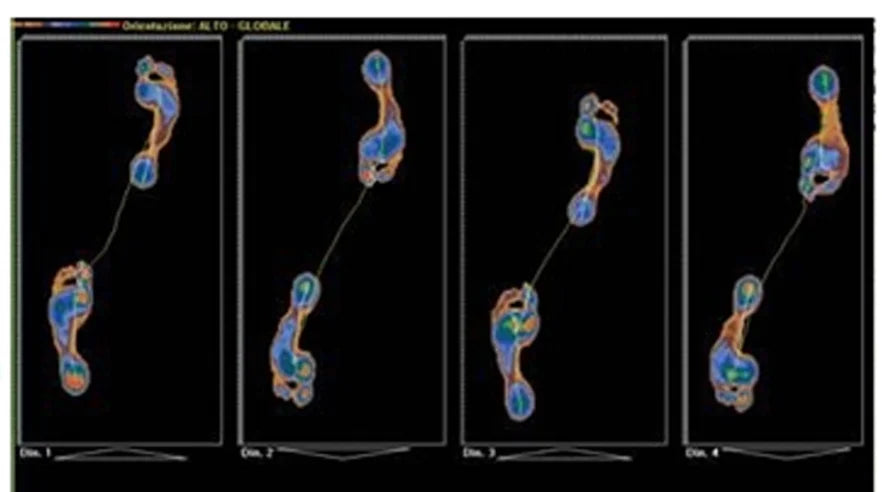
DYNAMIC BAROPODOMETRICAL EXAM
The analysis of static support (static analysis) allows a scrupulous investigation of the overload areas and the possible presence of breech dysfunctions.
WHAT IS CHIROPRACTIC AND THE MEERSSEMAN TEST
DOWNLOAD THE BROCHURE

